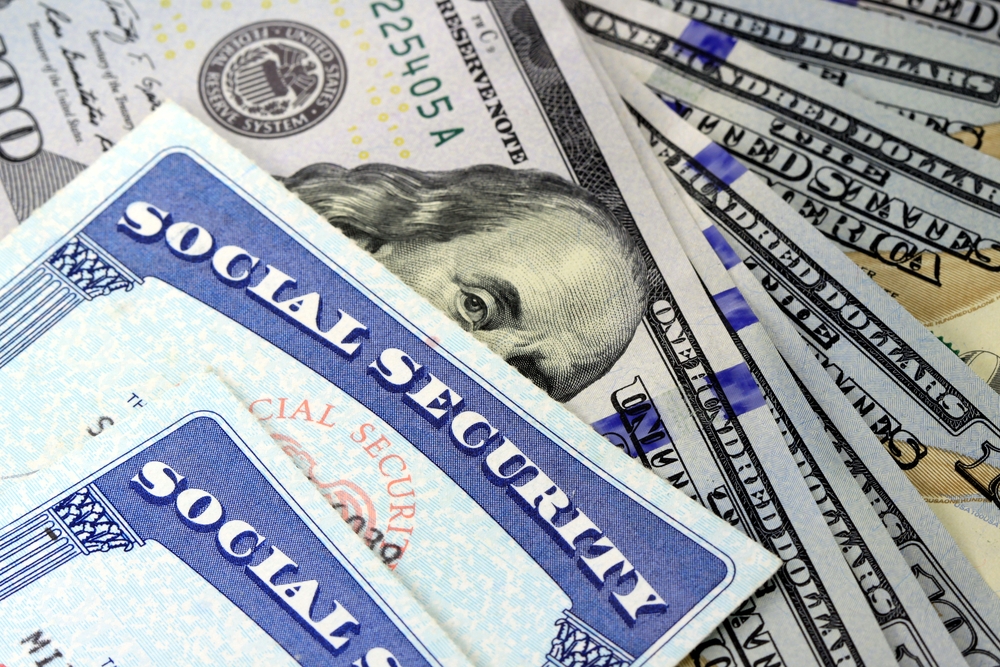
Losing a loved one is never easy, and dealing with their Social Security benefits can add to the stress. Here’s a guide on what steps to take when a Social Security beneficiary dies.
Monthly Payments and Reimbursements
Social Security payments are made for the previous month, meaning the deceased must have survived the entire month to be eligible for that payment. If they pass away mid-month, any payment received after their death must be returned.
Notifying the Social Security Administration (SSA)
It’s crucial to notify the SSA promptly. This can often be handled by the funeral home, or the next of kin can call the SSA directly. If payments were made via direct deposit, the SSA will retrieve the funds electronically. For mailed checks, the SSA will send a letter requesting reimbursement.
Lump-Sum Death Benefit
The SSA offers a lump-sum death benefit of $255 to a surviving spouse living with the deceased at the time of death or to a spouse or child who is eligible for benefits on the deceased's record in the month of death.
For more detailed information, visit the SSA website or consult with a local elder law attorney.
Navigating these steps ensures that everything is handled correctly, providing one less thing to worry about during a difficult time.
You may also want to check out the SSA’s “How Social Security Can Help You When a Family Member Dies.”
To learn more about Social Security, check out the following articles:


